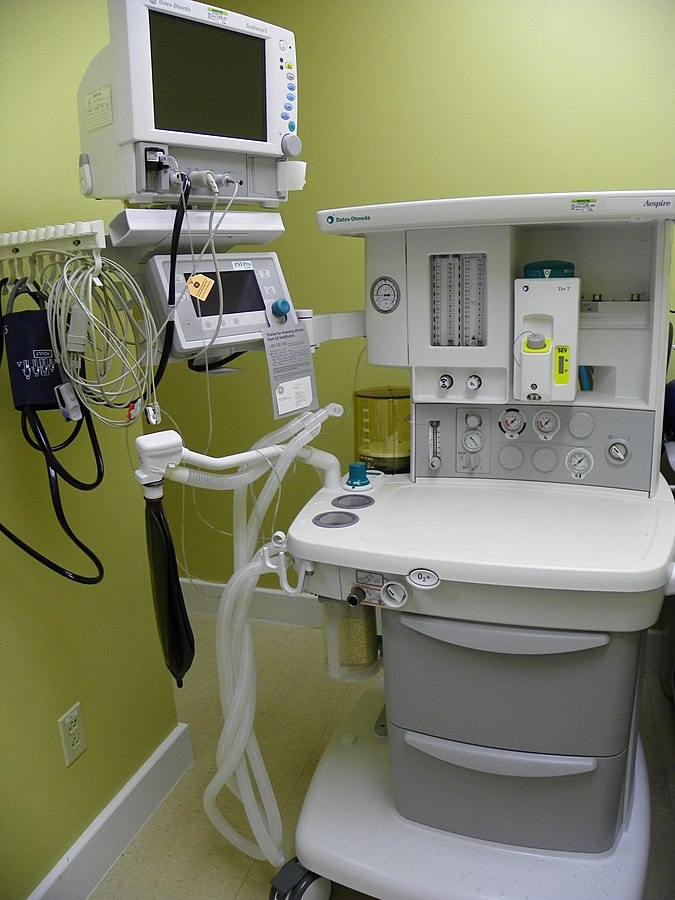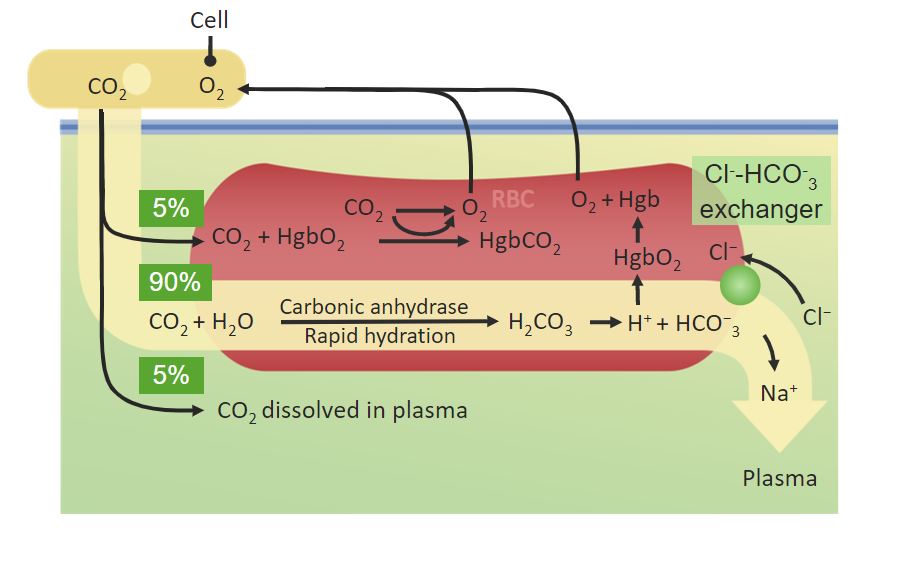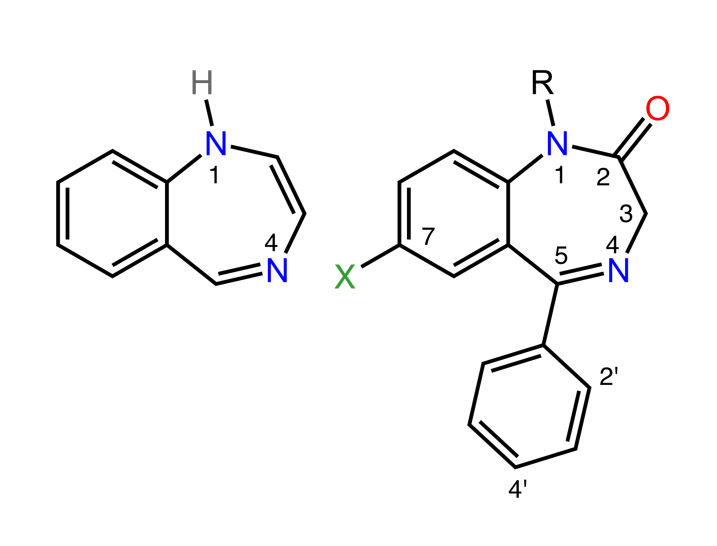Playlist
Show Playlist
Hide Playlist
Anesthesia and Respiration — Respiration and Cardiovascular System
-
02 - Respiration and Cardiovascular System.pdf
-
Download Lecture Overview
00:00 So how do we take care of these changes? We can assist the patient's breathing by simply supplying more ventilation through a bag and mask, or through intubating the patient and using a ventilator. And we can increase the minute ventilation very easily through that process. We can allow the patient to breathe spontaneously, with a reduced minute ventilation and allow the CO2 to rise somewhat. This is generally not a problem, at least in relatively healthy people, and for short, relatively short periods of time. 00:33 We try to avoid this in older people or people who have cardiovascular problems, which may be unstable. Because a rising CO2 in that situation may cause instability. Under very unusual circumstances, the anesthesiologist may give a respiratory stimulant. But I can say that, in the nearly 40 years I've been in practice, I've never done this. And in fact I fear it, because when you do use respiratory stimulants, there's a high probability of increasing cardiac oxygen demand and also it can lead to seizures, and other unexplained and unexpected events. You must carefully monitor the patient's expired carbon dioxide levels and adjust ventilation to maintain a tolerated level of carbon dioxide. And this is basically what we all do. 01:27 So this slide is to try to indicate to you the different effects the drugs have upon the carbon dioxide stimulation of breathing at the respiratory center. The first line shows what happens if there is slight increase in arterial CO2, in a normal person who's awake. You can see that, even a very minor change in PaCO2, will result in a marked increase in minute ventilation as we try to blow off the CO2 and improve breathing levels. 02:03 With opiates, we tend to push this curve to the right, so there continues to be a response to increasing CO2, but the response is late and slow. When we add inhalational agents, we further depress the response, not only shifting it further to the right, but decreasing the slope as well, so that there is delay in response to rising CO2, and an inadequate response to a rising CO2.
About the Lecture
The lecture Anesthesia and Respiration — Respiration and Cardiovascular System by Brian Warriner, MD, FRCPC is from the course Anesthesiology: Introduction.
Included Quiz Questions
Which of the following is NOT a way the anesthesiologist responds to the changes in PaCO2 caused by general anesthesia?
- After initial anesthesia is administered, there are no additional interventions available for the anesthesiologist to alter the patient’s PaCO2.
- Assist the patient in breathing.
- Allow the patient to breath spontaneously, but with a reduced minute ventilation.
- Give the patient a respiratory stimulant.
- Carefully monitor the patient’s expired carbon dioxide level, and adjust the ventilation to maintain a tolerated level of carbon dioxide.
Which of the following BEST describes the relationship between alveolar ventilation and PaCO2 in a patient who has been given large doses of opioids or inhalational agents?
- As PaCO2 increases, alveolar ventilation also increases, but at a more gradual slope compared with the awake state or compared with a patient receiving a sedative dose of opioids.
- As PaCO2 increases, alveolar ventilation also increases, but at a steeper slope compared with the awake state or compared with a patient receiving a sedative dose of opioids.
- As PaCO2 increases, alveolar ventilation will decrease, but at a steeper slope compared with the awake state or compared with a patient receiving a sedative dose of opioids.
- As PaCO2 increases, alveolar ventilation will decrease, but at a more gradual slope compared with the awake state or compared with a patient receiving a sedative dose of opioids.
- As PaCO2 increases, alveolar ventilation also increases, but this occurs at a more gradual slope compared with the awake state and at a steeper slope compared with a patient receiving a sedative dose of opioids.
Customer reviews
5,0 of 5 stars
| 5 Stars |
|
2 |
| 4 Stars |
|
0 |
| 3 Stars |
|
0 |
| 2 Stars |
|
0 |
| 1 Star |
|
0 |
This lecture was informative and engaging. The speaker did an excellent job of presenting the material in a clear and concise manner, making it easy to understand.
a nice topic ,told very accurately, covering key aspects that one must know Well explained , easy to understand, , Thank you







